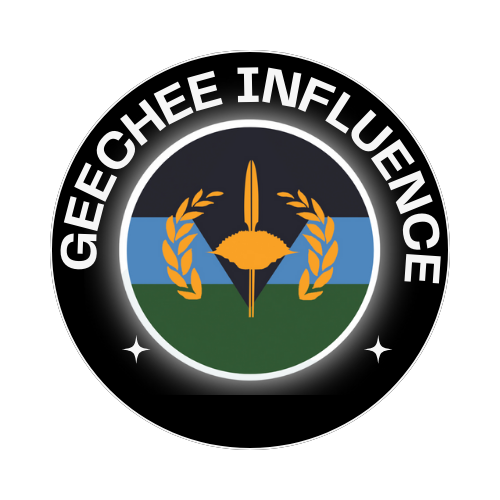
History of the Gullah Geechee Diaspora Flag
Share
Euro-American slave trade was the largest force migration in human history.
Between 1500s and 1860s, several European nations including but not limited to Britain, Spain, The Netherlands, Denmark, Sweden, Portugal and France kidnapped over 12 million Africans. According to the Trans-Atlantic Slave Trade Database, the 10.7 million Africans who survived the inhumane Middle Passage were shipped to British North America, the Caribbean and South America.
Over 60% of the Africans enslaved in America arrived in Charleston, South Carolina. Note many historians will say 40% of Africans arrived in Charleston, SC but I estimate the number is higher since unborn babies and small children were not always accounted for.
The Black experience for Africans enslaved on Charleston plantation farms and on the Coast of America was different compared to other plantations. Africans were often isolated on these plantations, some only accessible by boat, for long periods of time. This isolation is also how Gullah Geechee culture was able to develop independently from white American culture.
The forced migration of people from Africa to America disrupted the organic transfer of cultural knowledge through oral tradition between generations. On these rice plantation farms, stolen Africans from ethnically diverse backgrounds blended their culture into one to form a new identity. This new identity of blended African cultures in America transformed into one culture known as Gullah Geechee.
The Atlantic coast of South Carolina, North Carolina, Georgia and Florida is the original homelands of Gullah Geechee people. Today, Gullah Geechee people can be found all over the world. Yes, even outside of America, We Outcha (Gullah Geechee word for “Out Here”).
On February 4th, 2020, the Gullah Geechee Diaspora Flag was launched.
Gullah Geechee Diaspora Flag was a community project that took a whole year to complete by gathering community feedback from the Gullah Geechee Diaspora.
The Gullah Geechee Diaspora Flag is a physical manifestation of our collected thoughts and ideas to embrace our culture.
Flag colors and symbols explained below
Black
The Black Diaspora refers to the dispersion of people of African descent across the globe, primarily as a result of the transatlantic slave trade.
Haint Blue
Haint Blue is a pale blue color often seen on the doors, windows, and porch ceilings in the Lowcountry. The term "haint" refers to restless spirits in Gullah folklore. According oral history, haints cannot cross water or enter spaces painted with a specific shade of blue that mimic the ocean and the sky. This color is our symbol of protection
Green
Represents land and agriculture. Revolution is based on land. Land is the basis of all independence. Land is the basis of freedom, justice, and equality. Malcolm X
Gold
The Sun. A major source of energy for all living things. Melanin rich skin = sun-kissed skin
Crop
for ancestral agricultural knowledge
Crab
represents unity, loyalty and self- sufficiency.
Most of us heard the saying
" Black people hold each other down like crabs in a barrel. "
In their natural habitat which ain't a barrel, crabs don't pull each other down they pull each other up. When a female crab is molting or shedding her exoskeleton the male crab covers and protects her until her new shell hardens again. The male crab will neglect food to stay with the female crab until her shell hardens again in two to three days.
When you put crabs or people in a unnatural environment like a barrel, or dilapidated housings then the result will be poorer health outcomes and internal conflicts.
Spear
for the Gullah Wars to remind us of the African contributions that influenced President Abraham Lincoln to issue the Emancipation Proclamation
